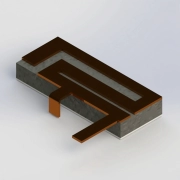An independent comparison of the market-leading RF simulation software and CENOS RF
 Just recently we received independent comparison results from Philip Catherwood, a PhD in wireless communications from Queen’s University Belfast. He’s always very interested in researching new technologies and comparing possible options for different software. We’re proud to share such a comparison from a real expert in this field.
Just recently we received independent comparison results from Philip Catherwood, a PhD in wireless communications from Queen’s University Belfast. He’s always very interested in researching new technologies and comparing possible options for different software. We’re proud to share such a comparison from a real expert in this field.
From this comparison, we can see how impressed Philip was with the fact that the CENOS radio frequency software is much more user-friendly than the well-known market-leading RF simulation software (which, in his opinion, offer so many opportunities to make a mistake and create a bad simulation). The trade names of the market-leading software will not be mentioned in this article to avoid any pressure on Philip’s expert opinion, so he can express it freely and honestly.
Now let’s look at his latest results comparing the market-leading RF simulation software and CENOS : RF with a particular antenna. This time he wanted to try three different simulation software and compare the results, ease of use and price. The antenna chosen was a planar inverted F antenna on FR4.
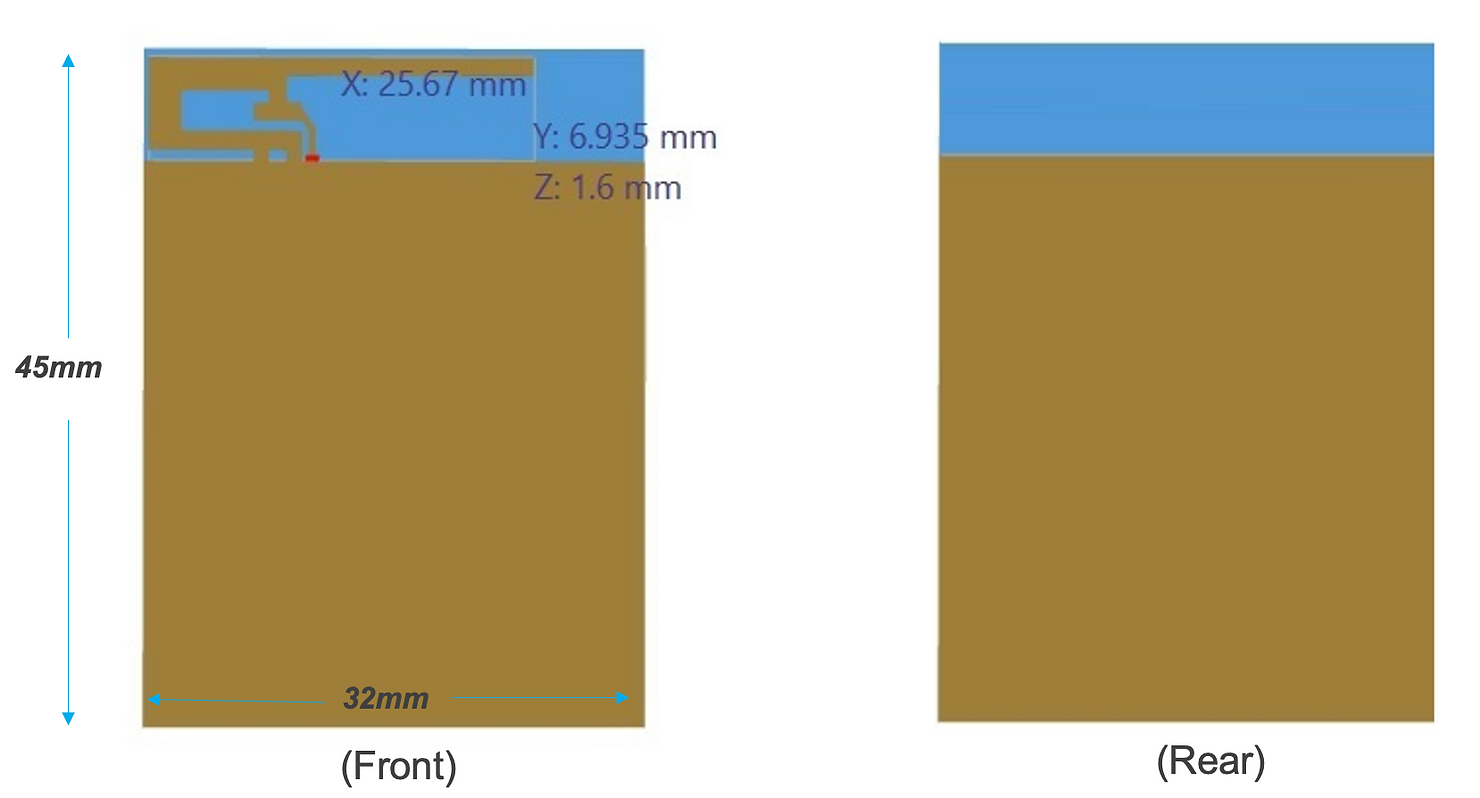
The market-leading software #1
The market-leading software’s estimation simulator was used to model the antenna. It only provides rudimentary statistics, but it does provide important details like the radiation pattern’s shape for the chosen geometry, the reflection co-efficient with relation to frequency, and 2D polar plots.
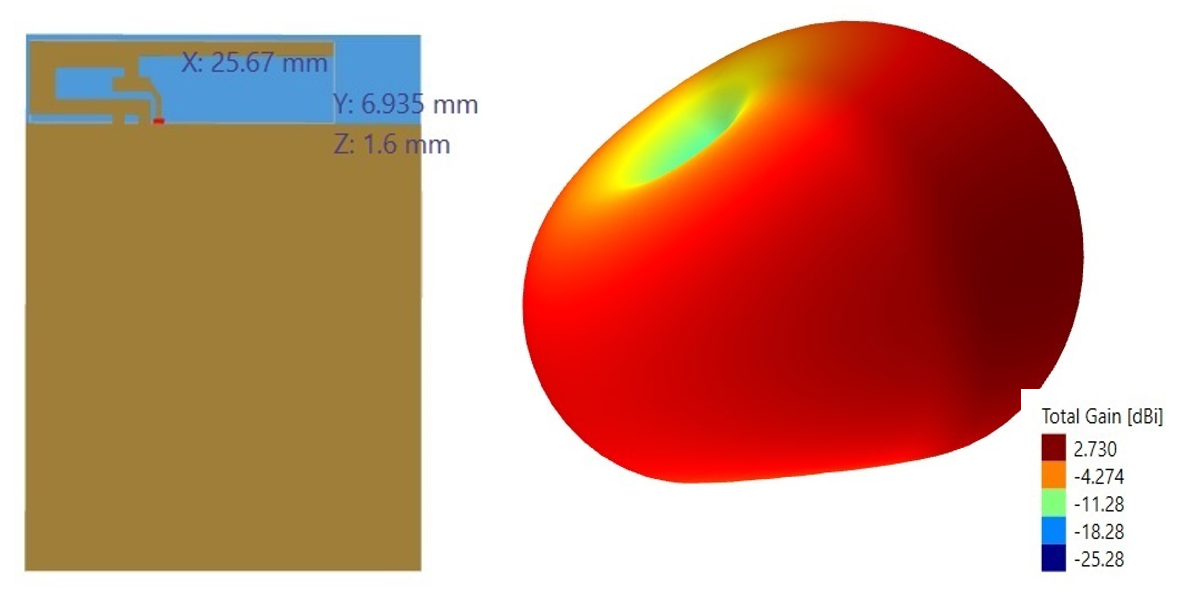

The market-leading software #2
Another market-leading RF simulation software was used to simulate the antenna and produce data for the radiation pattern’s shape and corresponding field strength, reflection co-efficient against frequency, and VSWR.


CENOS RF results
CENOS RF was used to simulate the antenna and display the findings for the radiation pattern’s shape and corresponding field strength, S11, S11 phase, VSWR, and 2D polar plots (also known as linear graphs).
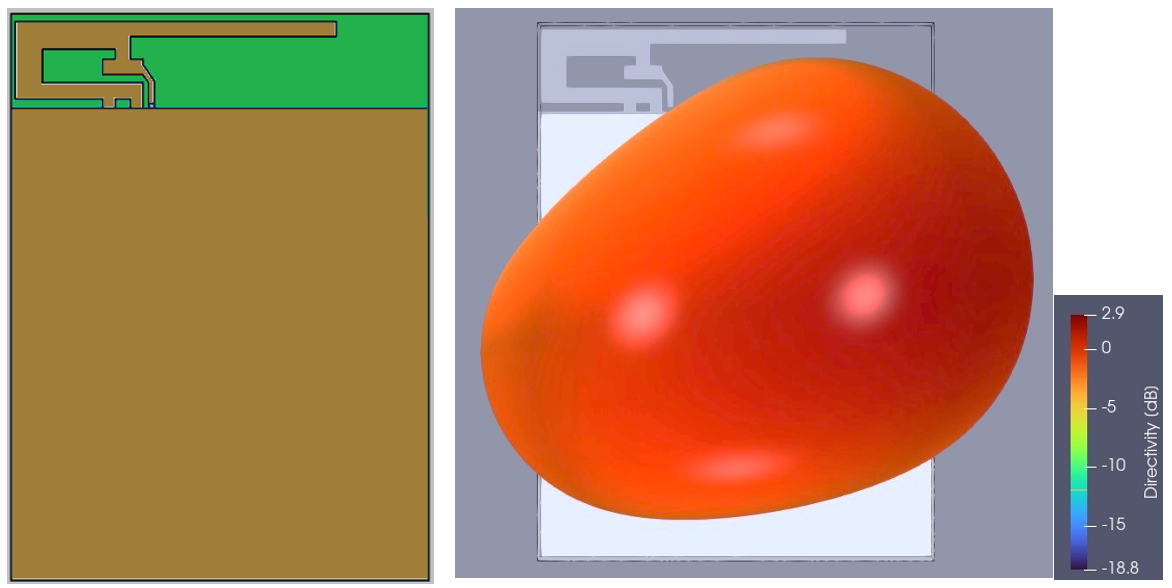
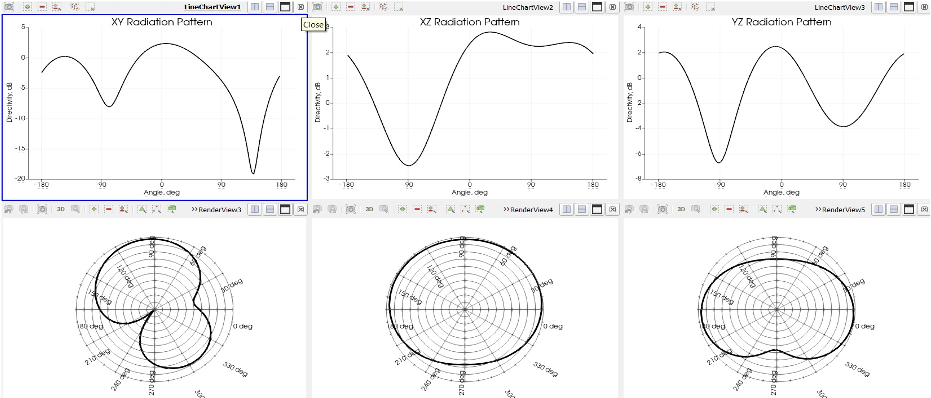
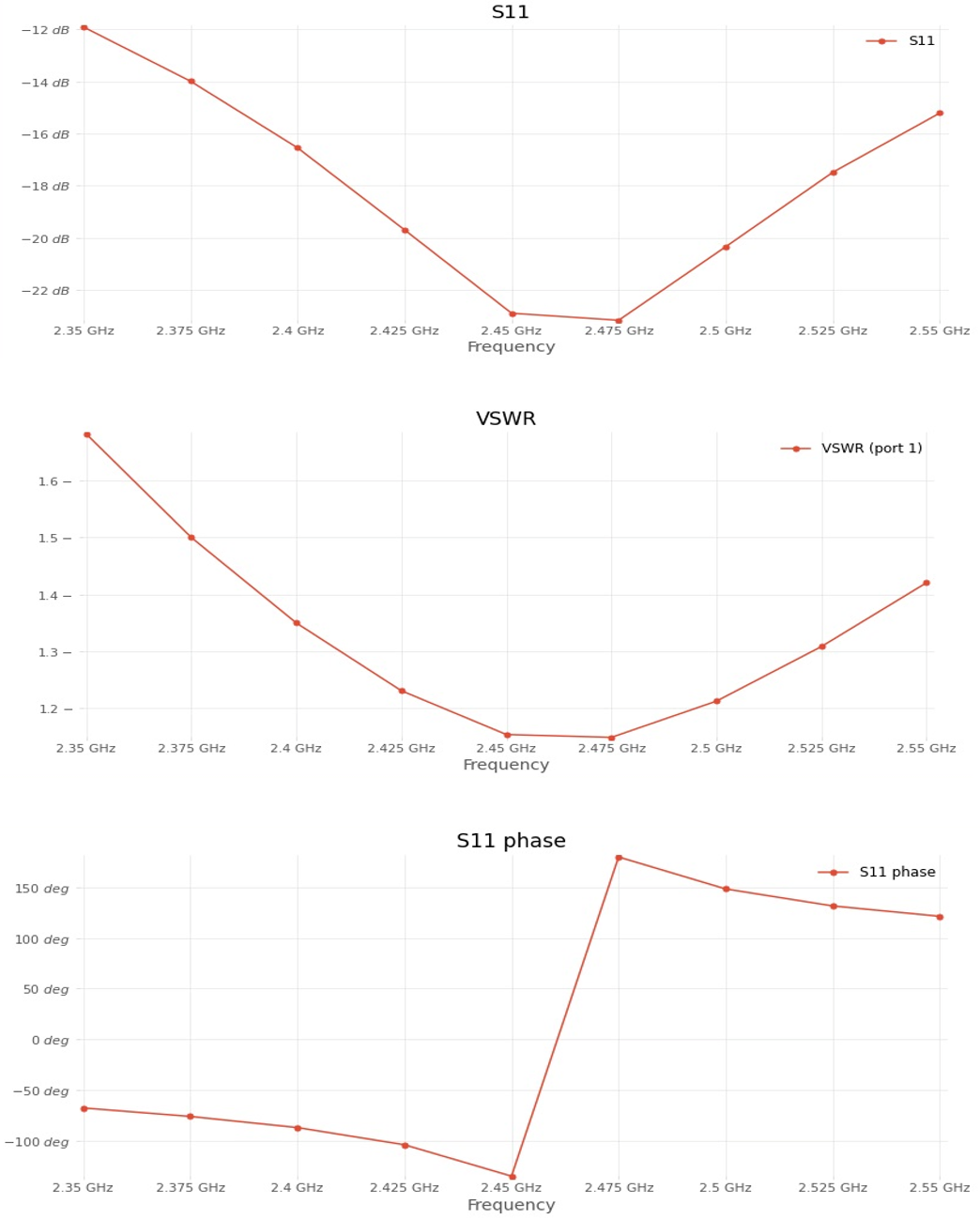
Conclusions from the comparison of simulation results with CENOS RF and the other market-leading RF simulation software
All three simulation software packages simulate the selected antenna with similar results, with CENOS RF giving a good representation of the antenna’s performance (the radiation pattern is shown below for a comparison of a simulation parameter). The same is true for other parameters such as VSWR, S11, etc.

Overall, the results of the CENOS simulation would lead to the same design decisions as the results of the simulation by the market-leading RF simulation software. Therefore, the obvious question arises as to whether it’s justified to pay 8-10 times more in annual license fees for Cenos’s competitor solutions when the user-friendly and faster-to-use CENOS RF software creates identical design decisions for engineers and researchers tasked with antenna design & development.

